Amanda L. Grossman, a 2017 Plutus Foundation Grant recipient, teaches kids aged 8-13 how to save and manage money through Money Educational Adventures, like the Mt. Everest Money Simulation. You can find her over at MoneyProdigy.com where she works on putting kids + money + fun in the same sentence.
Do you know what the next most important thing to believing in yourself is? Having someone else believe in you.
And not just believe in you, but actually put their money behind it.
That’s why it meant sooooo much to me – beyond the actual $2,000 that I received – to be selected as one of The Plutus Foundation Grant’s recipients in early 2017.
It completely changed my business.
Just Applying for a Grant Changed the Course of My Business
One fall day in 2016 I had gotten this amazing idea I will forever call my “divine download”: to pair Mt. Everest with money education for kids in some sort of Money Educational Adventure.
But I shelved it. Partly because the idea was so big and grand that I didn’t know if I was good enough to pull it off the way that it should be. Partly because I had a 1-year old at the time and was barely keeping pace with my other work on a blog I had been running since 2009. Partly because, well, it was easier to envision it in my head than to try it out and possibly fail to bring it to full fruition.
When the Plutus Foundation sent the call out for grant applications a few months later, I knew it was the perfect opportunity to take this idea and anchor it into actual details + specifics.
The application itself was really just a big outline to the overall program. I spent a few weeks on it, really hammering out how I was going to execute each of the components, cementing into place all of the notes I had randomly filed away from moments of inspiration in the previous months, detailing why this was such a necessary program to create, and showing how I was the best person for the job.
And when I was done? I had the perfect step-by-step task list to actually create the program itself – whether I got the grant or not, I now knew I was going through with it.
That was priceless.
But the grant? Well, that made things way easier.
Creating the Mt. Everest Money Simulation
Like most of us Personal Finance bloggers, I’m a bootstrapper. It’s how we got into the game, and it’s how we survive.
So, winning the $2,000 to create a program felt like winning the lottery to me; I could actually create something without the normal financial constraints (you know, where each step of the way you ask yourself how you can get this for free or do it yourself – sort of like one of those HGTV flipping shows where the homeowners flop time and time again?).
This meant I could work with a graphic designer – who, true to my DIY roots, ended up only doing about 50% off the graphics anyway – that I could buy the best photography, that I could source calculators and pencils, and that I could not only get what I needed to create the program, but actually what I wanted as well.
The end result? Is nothing short of awe-some.
And you don’t have to take my word for it; over 300 kids who have now been through the program think that you can put money + fun in the same sentence.
That’s priceless.
Let me tell you a bit more about it.
Mt. Everest Money Simulation Details
The Mt. Everest Money Simulation is a Choose-Your-Own-Money Adventure for kids aged 8-13 (here’s a 1:42 movie trailer).
Erik – a fictitious 28-year old – dreams of summitting Mt. Everest.
The only problem?
He’s got no idea how much it will cost, and what he has to do to save enough money to get there.
I head up a group of kids who join Erik’s Everest Ground Support Team. Our mission is to get him to Everest and back without going into debt. We help him create a savings plan based around 4 key decisions we make as a team.
Such as:
- Will Erik save up an emergency fund on top of the trip costs?
- Will he “splurge” on Evacuation Insurance?
- Will Erik rent or buy three specific pieces of equipment?
As the simulation unfolds, we hear dispatches from Erik during his Everest ascent, and help him work through any money problems he has while on the mountain. Of course, the solutions we give are limited by the critical decisions we made as a team prior to Erik’s Everest Summit bid.
This is so important, as it cements the relationship between how the money decisions you make today can both limit + open up your possibilities in the future (I actually had one kid exclaim –as if it were the most normal thing for him to say – “glad we got insurance!” during a simulation. Case made for setting up situations where kids self-discover money lessons.).
No two simulations turn out the same. They can’t; there are too many variables involved for that!
What Others Are Saying about the Program
Like I said, you don’t need to take my word for it. The testimonials from kids, parents, and other adults show that not only is this program effective, but the very design of it leads to fun + engagement.
Here’s just a sampling of what’s being said about the program:
Moses, Age 10: “When my Mom asked me if I wanted to do the Everest Money Simulation, I was nervous about meeting new people and wasn’t sure if I would know enough about money to be helpful. I really liked interacting with other kids like me, and being part of a team. I learned how important it is to set a money goal, and what it takes to meet a goal in time for whatever you are saving for. I think it was a fun way to learn with other kids about money! Now, I think about money more. I think more about things in the future, and what I might need to save to get there. I’m more comfortable working with other kids, and I’m more curious about Everest – I want to know more!”
Deana Hipwell (daughter, 11): “What a beneficial program for teaching kids about the management of money! Amanda’s Everest Money Simulation was so much fun to participate in, and my daughter was able to learn all about concepts such as budgeting, saving, planning for financial emergencies, as well as the basics of sales tax and making wise spending decisions. The simulation was engaging and such a fun adventure.”
Riley, Age 10: The Everest Simulation was so interactive and interesting. I liked the setting, and how you had to save Erik. I also liked how interactive it was – you had your own paper and you were able to see the other people in the simulation.
This is just Camp 1 of the journey for me in delivering this program to kids across the U.S. who are eager + hungry for personal finance education. Well, for personal finance education that doesn’t make them fall asleep. I’ve got a big year ahead of me, and can’t wait to continue sharing both the struggles + the highlights reel!


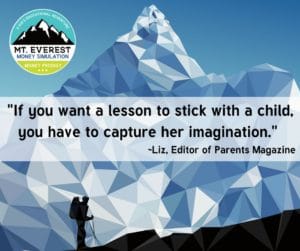
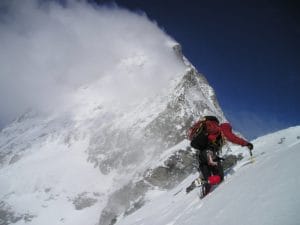
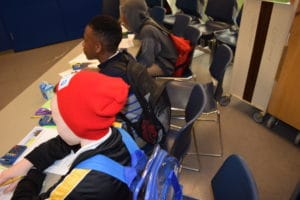
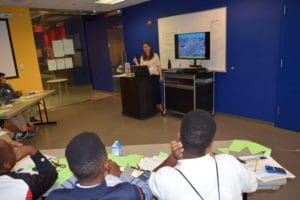
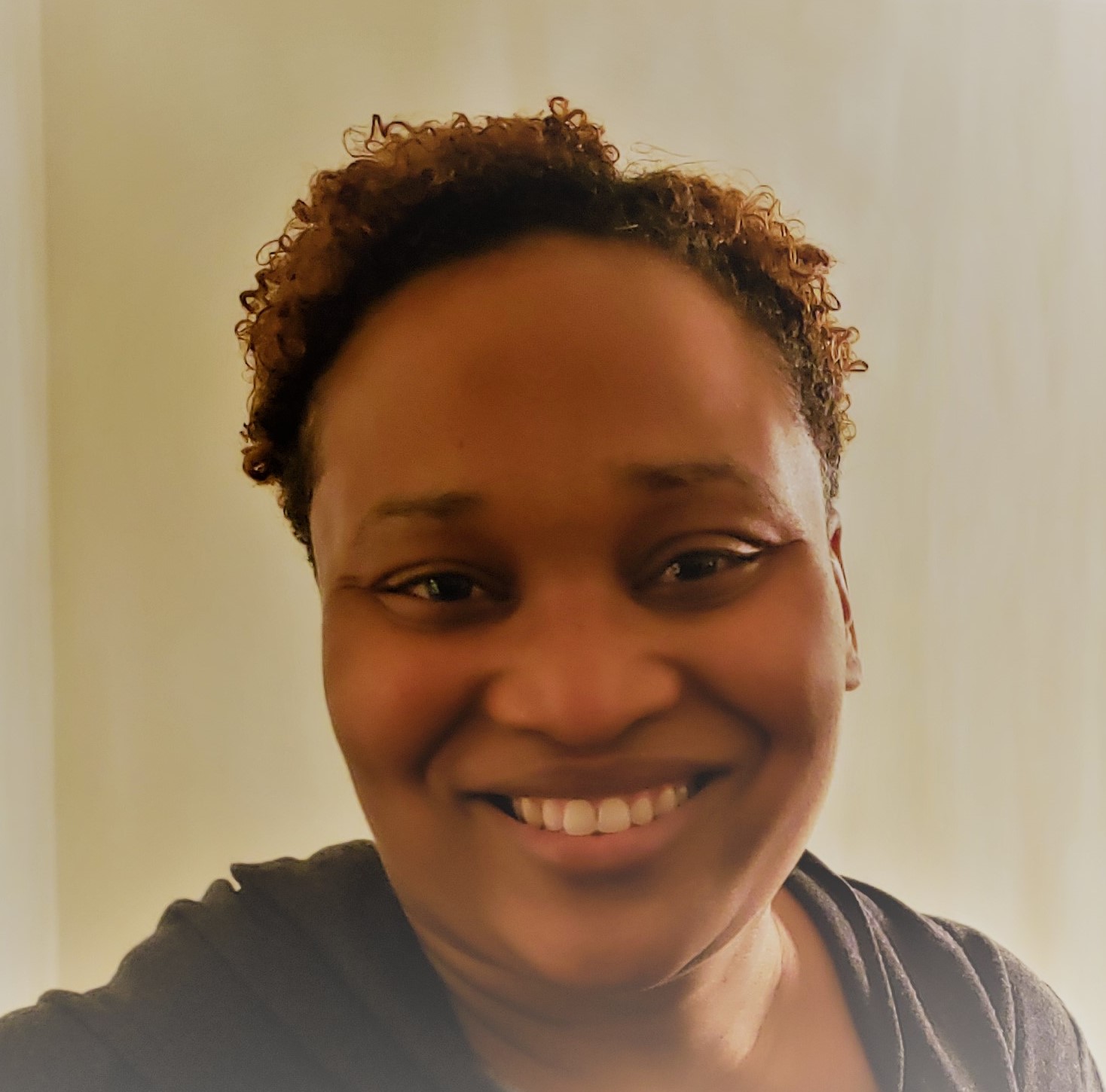

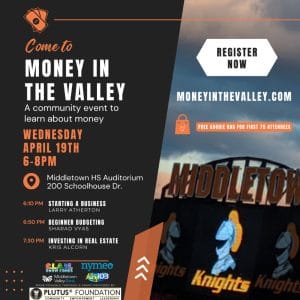






0 Comments